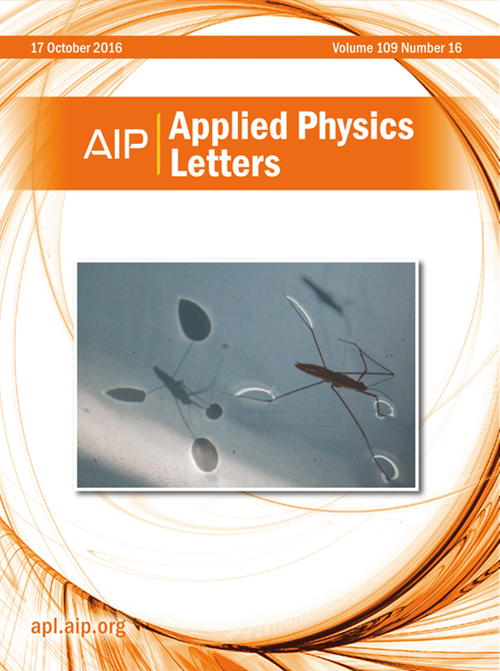用中子和x射线计算机断层成像淤泥中冻胀和冰透镜生长的4D成像
IF 3.5
2区 物理与天体物理
Q2 PHYSICS, APPLIED
引用次数: 0
摘要
冻胀是寒冷气候下土壤因冻结而升高的常见现象。冻胀是由于在温度梯度的驱动下,以空间重复的模式形成的冰透镜向下进入地面,并且需要获得未冻结的水。在这里,我们提出了一个现场结合x射线和中子计算机断层扫描研究冰透镜的形成和冻胀淤泥。开发了一个定制的样品环境来控制样品的垂直温度梯度,同时保持冻结淤泥和外部水库之间的接触。我们的研究结果表明,可以检索到详细和定量的时间分辨体积图像(“4D-CT”),显示冰透镜的开始和生长。最后,我们简要地讨论了我们的方法为研究相变打开的未来可能性。本文章由计算机程序翻译,如有差异,请以英文原文为准。
4D imaging of frost heave and ice lens growth in silt using neutron and x-ray computed tomography
Frost heave is the common phenomenon in cold climates of soil being elevated by freezing. Frost heave is caused by ice lenses forming in a spatially repeated pattern downward into the ground, driven by a temperature gradient, and requiring access to unfrozen water. Here, we present an in situ combined x-ray and neutron computed tomography study of ice lens formation and frost heave in silt. A bespoke sample environment was developed to control a vertical temperature gradient across the sample while maintaining contact between the freezing silt and an external water reservoir. Our results demonstrate that detailed and quantitative time-resolved volumetric images (“4D-CT”) can be retrieved, showing the initiation and growth of ice lenses. Finally, we discuss briefly the future possibilities our approach opens for studying phase transitions.
求助全文
通过发布文献求助,成功后即可免费获取论文全文。
去求助
来源期刊

Applied Physics Letters
物理-物理:应用
CiteScore
6.40
自引率
10.00%
发文量
1821
审稿时长
1.6 months
期刊介绍:
Applied Physics Letters (APL) features concise, up-to-date reports on significant new findings in applied physics. Emphasizing rapid dissemination of key data and new physical insights, APL offers prompt publication of new experimental and theoretical papers reporting applications of physics phenomena to all branches of science, engineering, and modern technology.
In addition to regular articles, the journal also publishes invited Fast Track, Perspectives, and in-depth Editorials which report on cutting-edge areas in applied physics.
APL Perspectives are forward-looking invited letters which highlight recent developments or discoveries. Emphasis is placed on very recent developments, potentially disruptive technologies, open questions and possible solutions. They also include a mini-roadmap detailing where the community should direct efforts in order for the phenomena to be viable for application and the challenges associated with meeting that performance threshold. Perspectives are characterized by personal viewpoints and opinions of recognized experts in the field.
Fast Track articles are invited original research articles that report results that are particularly novel and important or provide a significant advancement in an emerging field. Because of the urgency and scientific importance of the work, the peer review process is accelerated. If, during the review process, it becomes apparent that the paper does not meet the Fast Track criterion, it is returned to a normal track.
 求助内容:
求助内容: 应助结果提醒方式:
应助结果提醒方式:


